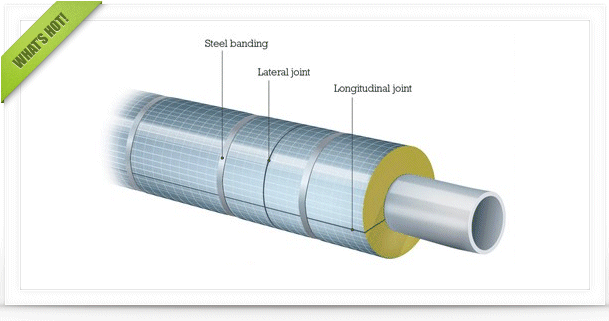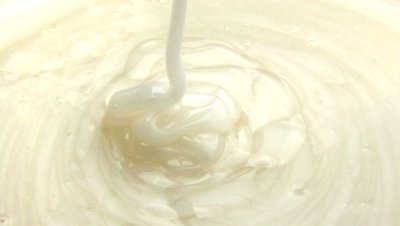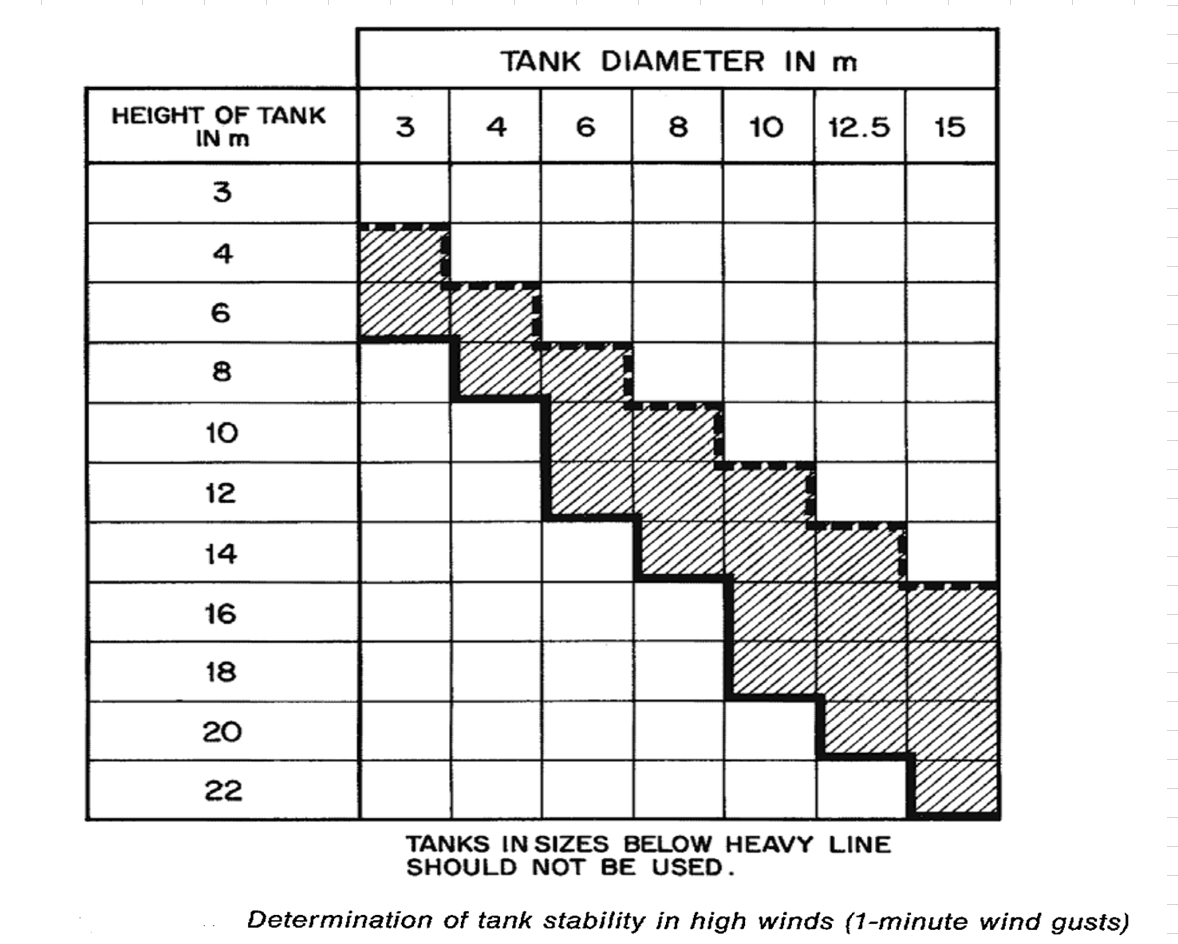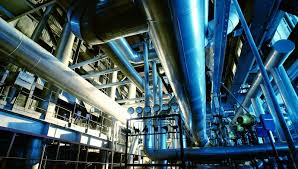how can ı calculate back pressure and discharge velocity on PSV for gas ? what parameters do ı need?
|
|
Back Pressure And Discharge Velocity Relief Devices
#1

Posted 02 August 2024 - 02:28 AM
#2

Posted 02 August 2024 - 05:46 AM
how can ı calculate back pressure and discharge velocity on PSV for gas ?
conduct a hydraulic study
what parameters do ı need?
no additional data is required, parameters set is the same as for for PSV capacity calculation
start with a vendor calculator, e.g.
https://www.leser.co...ools/valvestar/
Edited by shvet1, 02 August 2024 - 06:57 AM.
#3

Posted 02 August 2024 - 05:57 AM
If the PSV is entering a header with other pressure relief devices, the back pressure calculation is complicated since there may be other relief devices discharging simultaneously. A rigorous hydraulic calculation of the gathering system would give a different back pressure for each relief device. These calculations should be done when sizing the header. As it is not practical to recalculate the entire hydraulic system whenever there is a change to the inlet sources for the header, an assumed back pressure is used for the header that is higher than the highest calculated header pressure to be conservative.An additional allowance is given for the back pressure from the PSV to the header and the discharge piping is sized according to this allowance. The discharge flow rate is determined by the orifice size and pressure at the valve for the relieving stream. From that flow rate, the velocity is a simple volume divided by flow area calculation. There are many example PSV calculations available through a web search to use as a go-by.
Edited by Pilesar, 02 August 2024 - 06:02 AM.
#4

Posted 02 August 2024 - 08:18 AM
how can ı calculate back pressure and discharge velocity on PSV for gas ? what parameters do ı need?
Hi,
If the PSV discharge goes to a flare network, in order to estimate the back pressure, you should model whole network using software such as Flarenet. After estimating the back pressure, you can easily estimate the gas velocity using the relief load and the tail pipe size.
#5

Posted 02 August 2024 - 08:19 AM
how can ı calculate back pressure and discharge velocity on PSV for gas ? what parameters do ı need?
Assuming you've correctly determined the required relief rate for the range of relief scenarios (refer API STD 521) for the contingencies to consider, then select the PSV with an orifice size somewhat larger than the the governing required relief rate.
With the governing case's relieving conditions and the selected orifice, uses the relevant equations in API STD 520 Part 1 and determine the PSV's relief capacity.
So, now you've got all you need:
- Flowrate (PSV rated capacity)
- Discharge piping definition (line length + fittings)
- Discharge pressure at the end of that piping system (typically atmospheric pressure)
- Process fluid composition and relieving conditions on the upstream side of the PSV
Assuming a simple system, then the above data items enable the pressure at the outlet of the PSV to be calculated. If the back pressure is beyond allowable limits for the selected valve, then capacity will be affected and you'll need to iterate the calc, until you've achieved convergence.
Once you've determined the pressure and temperature at the PSV's discharge, determination of velocity is a relatively straight forward exercise.
Also note that change in pressure at the outlet of the valve will have an effect on temperature, which will in turn effect hydraulic loss. If these effects are small, it may be possible to ignore but if not (such as for vapours, i.e. compressible fluid), that should be accommodated in the calculation's iterative process mentioned above.
You can do the above with a spreadsheet and suitable hydraulic methods (e.g. Darcy / Crane). Refer API STD 520 Part 1 & 2 and API STD 521 for further guidance.
Computer software helps avoid tedium and can assist with generation of properties.
Edited by astro, 02 August 2024 - 08:21 AM.
Similar Topics
Relief Path To Be Considered For Inlet Pressure Drop CalculationStarted by Guest_Ascanio E._* , 09 Jul 2025 |
|

|
||
Negative Pressure Discharge / Negative At High PointStarted by Guest_felderosfelder101021_* , 05 Jul 2025 |
|

|
||
Packaging And Gas Velocity In Packed ColumnStarted by Guest_ChemEng_CristianoB_* , 25 Jun 2025 |
|

|
||
Rupture Disc Failure Well Below Max PressureStarted by Guest_vaibhav02_* , 02 Jul 2025 |
|

|
||
Distillation Column Top PressureStarted by Guest_halkeshhulk_* , 27 Jun 2025 |
|

|

 FB
FB









